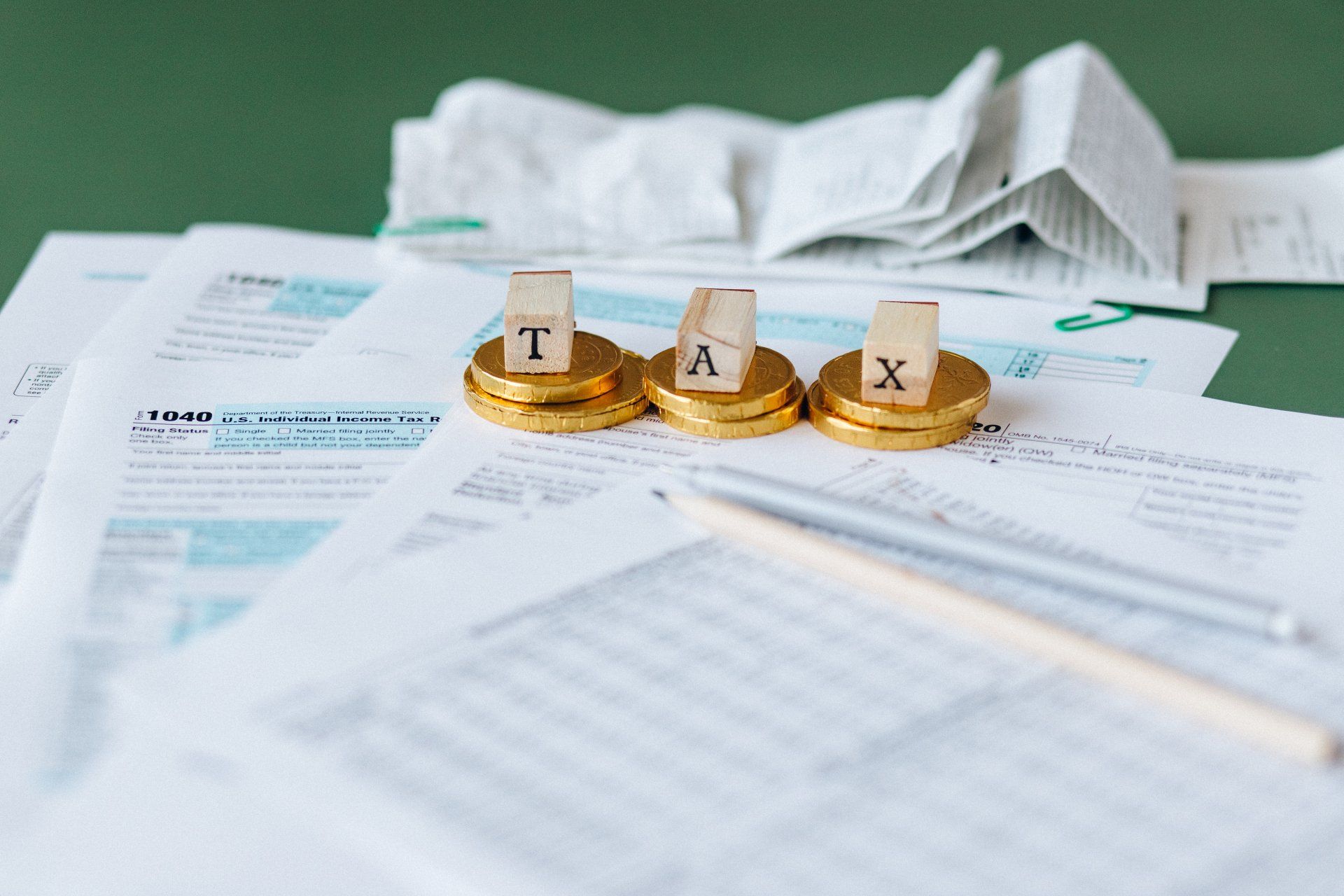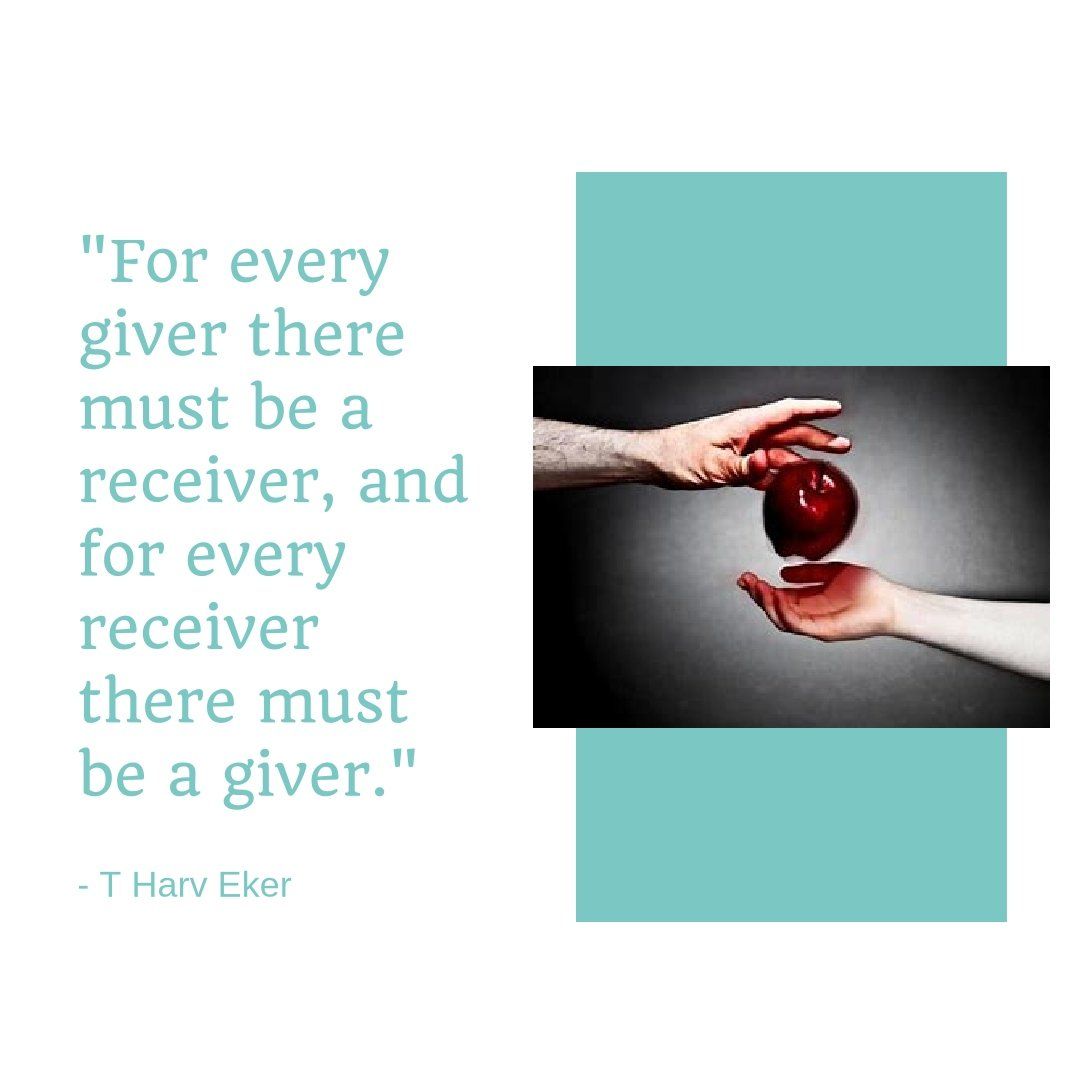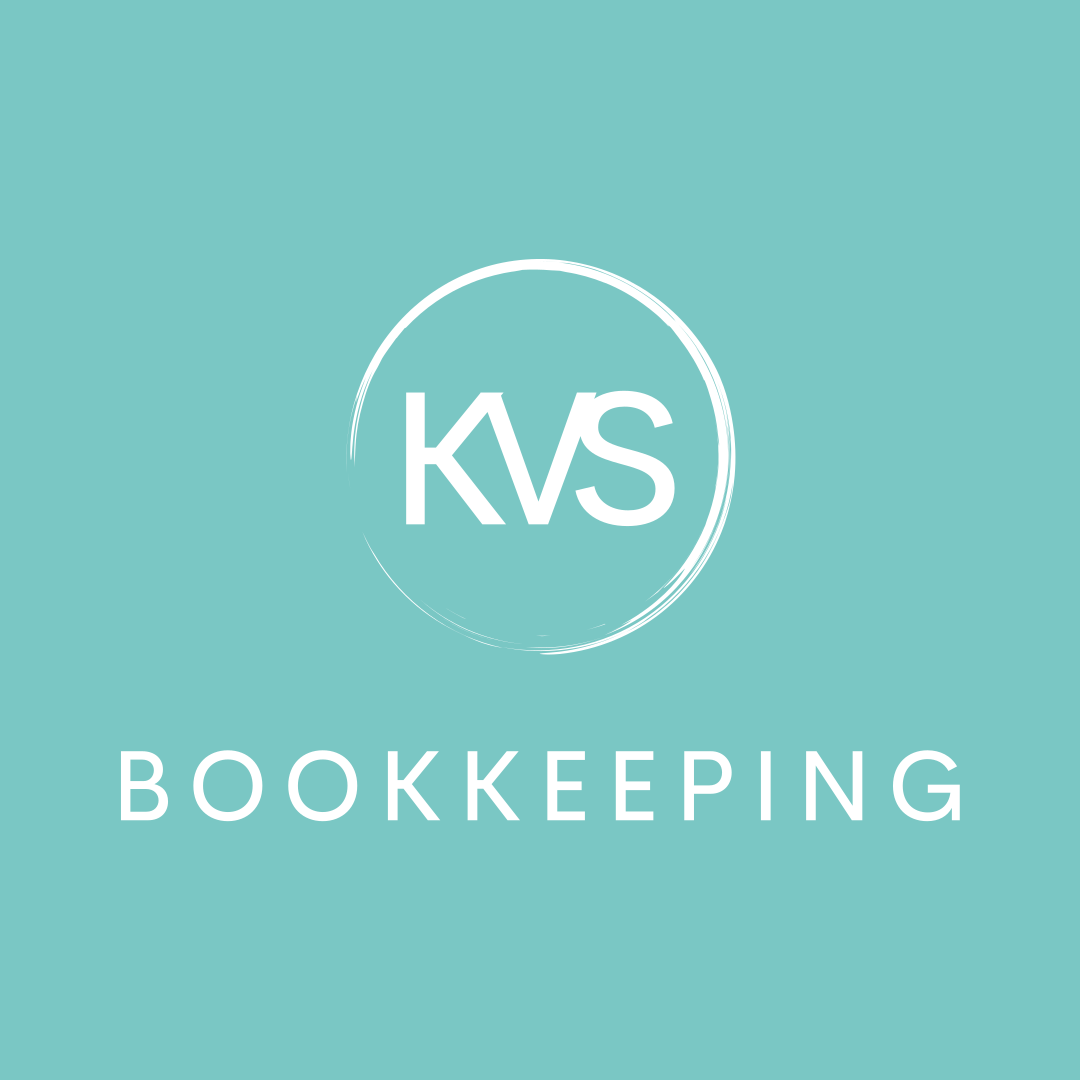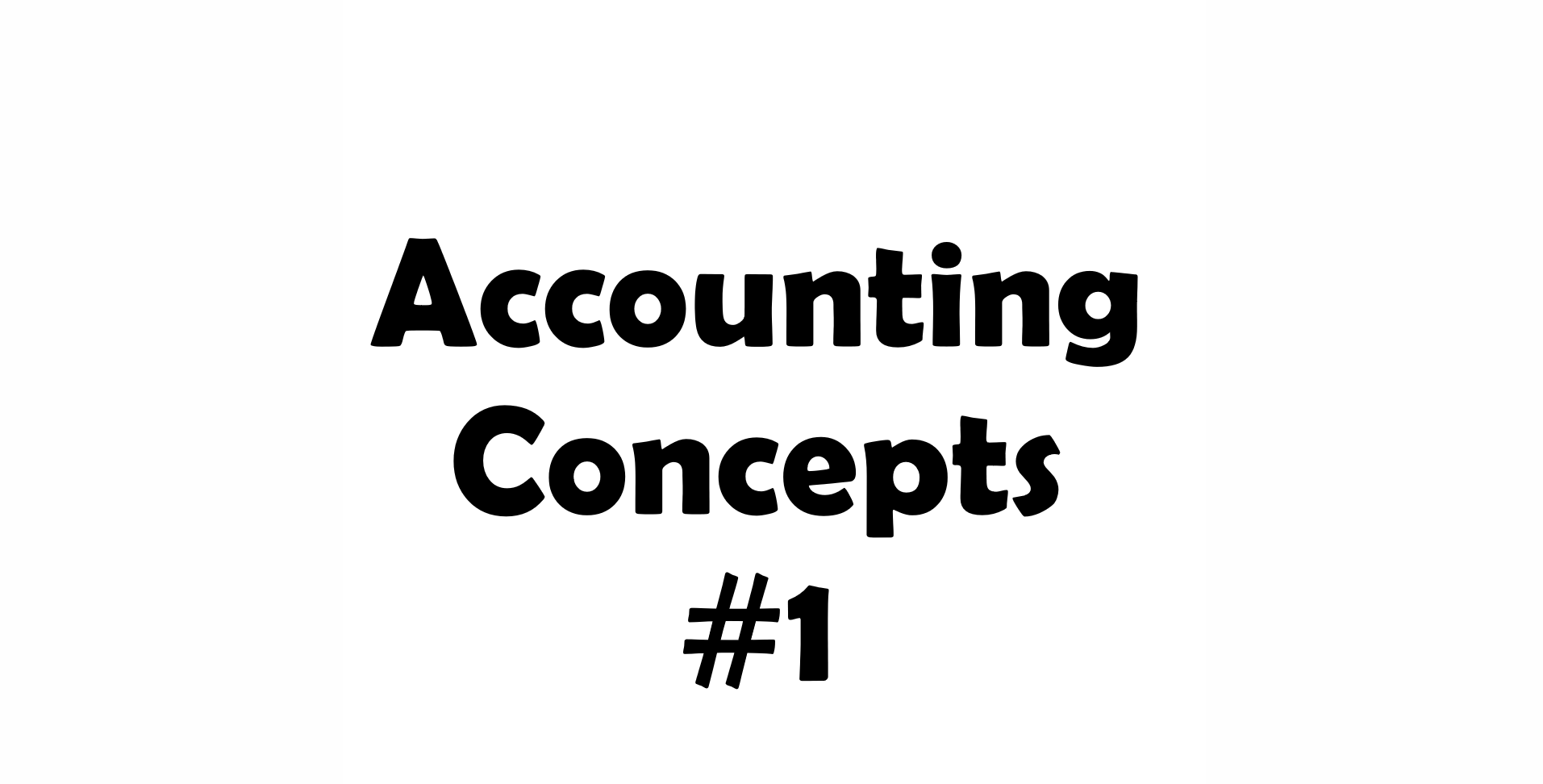Blog

By Katie Symmons
•
11 Oct, 2021
A disaster can impact any business, irrespective of its size. Disasters can range from earthquakes, floods and fire to power cuts, being locked out of your office and even spilling a drink over your laptop. What is Disaster recovery and business continuity? Disaster recovery is how your business deals with, manages and recovers from a disaster, whether expected or unexpected. Business continuity is your business resuming its regular service after the disaster; as quickly and efficiently as possible. A disaster recovery plan will help you get back to business and quick. A disaster recovery plan could include topics such as: • Identifying potential disasters and how they could impact your business. • Responsibilities of each team member. • Communication channels if a disaster does occur e.g. are all telephone numbers and e-mail • Which of your business processes need to be restored and in what order Some things to think about…. • Cloud – store your software and documents in the cloud, ensuring they are accessible at anytime from anywhere. • Spare hardware – have a spare laptop, mouse, power cable. • IT support – engage with an IT support company to ensure you can access help and support when required. • Identify alternative places where you can work. • Understand what is and is not covered by your insurance. • Consider having some business savings to use in the event of an emergency, to help you get back to business.

By Katie Symmons
•
03 Sep, 2021
Self-assessment is the process by which you inform HMRC of how much money you have earned along with other financial information so they can calculate how much tax and national insurance you need to pay. You can submit your tax return at any point after the end of the tax year (5th April) however, the deadline for submitting your returns online and paying the tax owed is 31st January each year. The deadline for paper returns is earlier. Tips: • Keep all of your documentation e.g. bank statements and receipts • Information needs to be accurate therefore if the receipt is not clear, make a note of what the purchase was for. • Diarise key dates; if you submit your return late you will pay a late filing fee. • Budget for your tax bill. HMRC provide a calculator to help you identify how much you should budget for: Budget for your Self Assessment tax bill if you're self-employed - GOV.UK (www.gov.uk) • You do not need to complete self-assessments yourself, bookkeepers and accountants can do it for you. • Not everyone has to submit a self-assessment therefore please see HMRC website for more details.

By Katie Symmons
•
15 Jun, 2021
Have you ever lost a ‘Post It note’ and having spent ages looking for it, find it on the bottom of your slipper? Maybe that is only me… Anyway, a lesson learnt. Going paperless is the future. Let’s get some figures on this: In the UK we use over 12.5 million tonnes of paper each year, which equates to 25,000,000,000,000 sheets of paper. Just think how many paper receipts, bills and invoices your business issues and receives. Plus, you have to file and store all of this documentation too. In order keep up with the paper we use, every year we need 1,562,500,000 new filing cabinets, or do we? Now we have the cloud at our disposal we can all easily go paperless. You can organise everything on cloud based digital platforms and have back up for all your important business documentation and data. Online accounting systems have paperless invoicing tools which allow you to keep accurate and efficient records, which all help when you need to access your documents quickly and easily, such as tax return times. The benefits of going paperless are not only related to saving the environment but they stretch to your business too. It allows us to have all our information to hand, backed up and safe, de-risking our life and improving our efficiency and effectiveness particularly with our finances. Furthermore, it reduces the storage space we need and saves us money.

By Katie Symmons
•
03 May, 2021
Profit is a word we all like to hear, particularly if it is relating to our business. Profit is not something that hopefully appears at the end of the financial year; it can be a conscious thought that drives action in your everyday business dealings, particularly when deciding your selling price. There are two ways you can calculate your selling price with regards to profit, these are Profit margin and profit mark up, so what is the difference? In short, profit margin is the difference between your selling price and your costs and profit mark up takes all your costs and adds a percentage on for profit. They do sound similar so let’s look at some examples with some fictional numbers. Profit Margin: Let us say the selling price of your products are dictated by the market you operate in i.e., your customers and competitors. A good example of this is a cup of coffee from a coffee shop. Your customers only want to pay £3 for a cup of coffee, if the price were to be higher than this, your customers would buy their coffee from one of your competitors. The cost of producing that cup of coffee and selling it to your customer is £2.50 per cup. This means your profit margin is 50p per cup (£3 selling price minus £2.50 costs). You will need to keep an eye on your costs to ensure they do not increase and thus reduce your profit. It is always a good idea to see if you can decrease your costs to increase profit; ensuring the quality of your products does not suffer, as this will lead to you losing customers too. Profit Mark Up: Now let’s look at profit mark up. This is the amount of profit you want to achieve per sale. As an example, let’s consider a t-shirt designer. The designer buys t-shirts, produces designs for them and sells them online. Being designer t-shirts people will pay what they perceive them to be worth. Our t-shirt designer’s costs come to £50 per t-shirt and they know they want to make 50% profit, which comes up with a selling price of £75 (£50 costs multiplied by 50% profit mark up). Both of these approaches should be understood because if you set your prices too low or too high, it can result in loss of sales and or profits. Want to talk profit? Get in touch at katie@kvsbookkeeping.co.uk

By Katie Symmons
•
03 Mar, 2021
Big data, small data, any data...Did you know you have data and lots of it? Your financial data can be a source of all sorts of information, a treasure trove, or an anthology of stories, waiting for you to read. In order to run your business as effectively, efficiently and successfully as you can you need to understand what your data is telling you. Trends can be highlighted, different types of data can be monitored to identify even more information, which in turn will feed into your business management and overall strategy. Reporting is key, not many people want to look through a spreadsheet line by line (unless you're me). Reports can be simple, engaging and interesting. Top Tips: - Identify the key success criteria you want to get from your data - Use this data to monitor trends, I find graphs the most useful - Are the activities taking place the ones you want? Are they linked to your business plan and strategy? - If yes, great! If no, what actions can you take to change the direction of your business to ensure you are getting what you want? Continuous improvement? More training? Engagement with your customers? - Have an action plan, follow it and action it! As ever, running a business will probably take up all of your time, but your data could increase income, reduce expenses, give hints and tips on how to improve your business performance. For more information, or to just chat data, please get in touch.

By Katie Symmons
•
27 Feb, 2021
So what is cash flow? Cash flow is the difference between the money coming into your business and the amount going out. If you have more money coming in than going out, your cash flow is positive and you can cover your costs. If you have more money going out of your business than coming in, your cash flow is negative. In this case, you would need to look at how much you need to increase sales to cover your out goings or how to reduce your spending. Cash flow forecast A cash flow forecast is a plan, estimating how much money will come in and out of your business over a certain period of time. This is u sually 12 months, but it can be longer or shorter depending on your requirements. For example, you may need to make a strategic decision that may impact your income. Examples of money coming into the business include: • Income from sales • Accounts receivable (customers who you allow to pay you at a later date) • Sales of assets • Interest earned Examples of money going out of your business include: • Accounts Payable (suppliers who allow you to pay at a later date) • Wages • Rent • Utility bills • Taxes What are the benefits of creating a cash flow forecast? • Shows you when you will have cash and when there may be shortages. • Allows you to plan and make better business decisions. • Predicts how different decisions will affect your cash flow. • Provides insights into the best time to make changes e.g. employ someone, offer new services or products. • Provides information to stakeholders. For more information or to discuss your cash flow, please get in touch.

By Katie Symmons
•
02 Feb, 2021
'No Income Tax, no VAT'…Del Boy had a certain way of working, which was, in the eyes of the law non-compliant. We don’t work this way, unlike the lovable rogue, we are not plonkers. This month I am focussing on VAT, an indirect tax collected and reclaimed by VAT registered businesses and suffered only by the end consumer; that’s you and me in our everyday life. Before we start, let’s have a jargon buster... Are you a taxable person ? A taxable person is a business who is or should be VAT registered. So how do you know? Firstly, do you sell taxable supplies ? Taxable supplies are sales made by a taxable person. If you're unsure, speak to your bookkeeper or look on the government website. Secondly, you need to know if your income for the previous 12 months is over the taxable threshold , which is currently £85,000. If you do register, compulsory or voluntarily, there are several things you must do: • Charge the right amount of VAT on your sales. • Quote your registration number on your invoices. • Appropriate VAT records must be kept. • File your tax returns in line with the relevant accounting scheme. So, what can your business recover? For VAT registered businesses to recover VAT on goods and services supplied to them, the following conditions must be met: - The goods or services must be supplied for business purposes (you cannot recover VAT on items bought for personal use). - A VAT invoice is usually needed to support the claim, as evidence. You cannot claim VAT on: - Most forms of entertaining. However, there are some cases where VAT on entertaining CAN be recovered. This includes employee entertaining e.g., staff parties, staff outings and team building events. If non-employees are attending the event, please check with your bookkeeper for guidance. - The purchase of cars (unless they are 100% used for business purposes e.g., a taxi or a car for a driving school). However, VAT can be reclaimed on purchases of commercial vehicles like vans and lorries. Making Tax Digital (MTD) Since 1st April 2019, VAT registered businesses with a taxable turnover above the VAT registration threshold have had to keep digital records, submit VAT returns and VAT payments electronically. From 1st April 2021 all businesses with a taxable turnover below the threshold will be obliged to comply with MTD rules. This is only 2 months away, so it may be a good idea to check out your business’ status with regards to VAT. There are many nuances to VAT, therefore I strongly suggest you engage with a professional to ensure you are compliant and to give yourself peace of mind, you know it makes sense. ‘Don’t worry...this time next year we’ll be millionaires!’

By Katie Symmons
•
15 Jan, 2021
For every transaction there is a giver and receiver and this is true with bookkeeping; Debits = Credits. Debits are the receivers of value and Credits are the givers of value. Let's pretend you want to bake a cake, so you buy ingredients paying on your bank card. The accounting dual effect of this transaction is, the ingredients account is debited with the cost of the ingredients and the bank account is credited with the cost of the ingredients. The bank has given money for the ingredients to be received. When the accounts balance, all is happy in the world. If you fancy a chat about debits and credits, get in touch!


